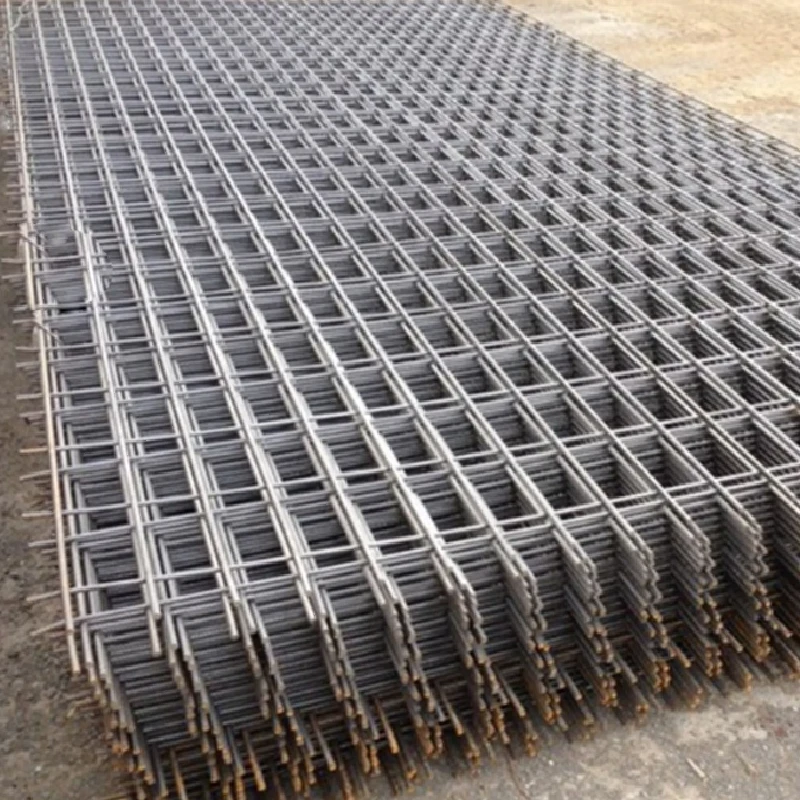Nov . 21, 2024 05:29 Back to list
weld mesh sheet sizes
Understanding Welded Mesh Sheet Sizes
Welded mesh sheets, often referred to as welded wire mesh, are made from high-quality steel wires that are welded at their intersections to form a grid. These sheets are commonly used in various applications, including construction, agriculture, and industrial settings due to their versatile nature and durability. Understanding the different sizes of welded mesh sheets is crucial for selecting the right type for your specific project requirements.
Standard Sizes
Welded mesh sheets come in a variety of standard sizes, making them suitable for a wide range of applications. The dimensions typically vary in height and width, with common sizes including 1m x 2m, 2m x 3m, and 1.2m x 2.4m. The thickness of the wire and the spacing between each wire also vary, which significantly affects the strength and functionality of the mesh.
For example, a 1m x 2m sheet made with 4mm diameter wires and 50mm spacing might be ideal for agricultural fencing or garden protection. However, for more demanding applications like concrete reinforcement or heavy-duty fencing, thicker wires and closer spacing may be necessary.
Custom Sizes
In addition to standard sizes, many manufacturers offer custom sizes to meet specific project needs. Customization allows users to specify the height, width, wire diameter, and spacing according to the particular requirements of their application. This flexibility ensures that welded mesh can effectively serve its purpose, whether used in constructing buildings, forming partitions, or creating safety barriers.
Factors Influencing Size Selection
weld mesh sheet sizes

When choosing the size of welded mesh sheets, several factors should be considered
1. Application The intended use of the mesh significantly impacts size selection. For instance, welded mesh used for reinforcement in concrete slabs may require larger sheets for fewer joints, while mesh used for fencing can be smaller and more manageable.
2. Load-bearing Requirements The load that the mesh will need to support plays a crucial role in size and wire thickness selection. Heavier loads necessitate thicker wires and closer spacing to ensure structural integrity.
3. Environmental Conditions In environments prone to corrosion or severe weather, opting for galvanization or stainless steel mesh might be necessary. The type of steel and the protective coating can affect the overall dimensions and performance.
4. Installation Benefits Larger sheets can minimize the number of joints in a project, making installation quicker and potentially more secure. However, they might also be heavier and harder to maneuver. Conversely, smaller sizes can be easier to handle but may require more time to install due to additional joints.
Conclusion
Welded mesh sheets are essential in a multitude of applications, and understanding the various sizes available can greatly enhance their effectiveness. Whether you opt for standard sizes or customize mesh sheets to suit specific needs, carefully considering the application, load requirements, and environmental factors will ensure optimal performance.
In selecting the ideal welded mesh sheet, it’s often beneficial to consult with suppliers who can provide guidance on the best options based on your project specifications. Investing time and effort in making this choice will pay off in durability, safety, and functionality, ultimately leading to the success of your project.
-
Reinforcing Mesh: Core Material of the Construction Industry
NewsJul.07,2025
-
Welded Wire Fabric Reinvented for Modern Projects
NewsJul.04,2025
-
Superiority of Stainless Steel Woven Mesh
NewsJul.04,2025
-
Key Types of Razor Wire and Their Applications
NewsJul.04,2025
-
Durable Metal Fence Types for Security
NewsJul.04,2025
-
Best Materials for Livestock Fence
NewsJul.04,2025
products.







